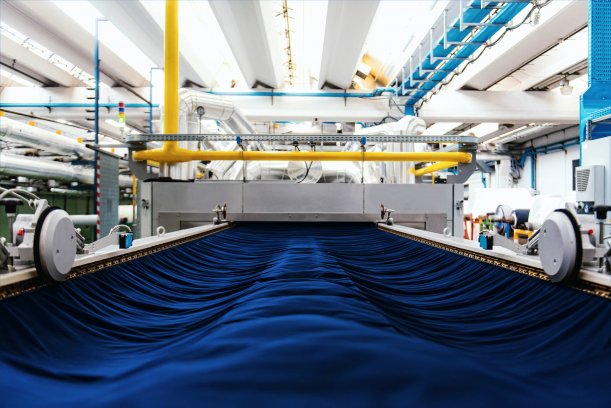
Eurojersey Footprint Report 2022
Besides measuring the company’s environmental footprint, a new PEF report detailed the improvements achieved over the previous two-year period.

12th January 2021
Knitting Industry
|
Caroni Pertusella, (MI), Italy
A new, updated PEF (Product Environmental Footprint) study has been conducted on Eurojersey’s Sensitive Fabrics range to evaluate improvements in the company’s environmental performance, the results of which were recently validated by an independent organization.
“The Sensitive Fabrics range is the outcome of an innovative, highly qualified research project by Eurojersey, a company that has always used a virtuous and unique production model promoting a set of practices and technologies designed to cut down energy and water consumption and reduce the use of chemicals and waste generation, while paying undivided attention to environmental issues,” Eurojersey said in a statement.
“Thanks to a fully vertical production cycle, made-in-Italy every step of the way, at the headquarters in Caroni Pertusella, a few kilometres from Milan, the entire manufacturing process is tracked and monitored, measuring continuously the results of Eurojersey’s green commitment,” the company explains.
Eurojersey says it was the first company in the textile sector to declare its environmental performance by publishing a Product Environmental Footprint report (according to the environmental impact measuring method developed in 2013 by the European Commission's Joint Research Centre and recommended to all EU based companies), detailing its production plant data for 2017, and accompanied by the PEF 010/19 certification issued by CERTIQUALITY in April 2019.
Besides measuring the company’s environmental footprint, a new PEF report based on 2019 production data, released in December 2020, detailed the improvements achieved over the previous two-year period.
The results of the new PEF study on the dyed and printed Sensitive Fabrics collection show an appreciable reduction in Carbon Footprint and Energy Footprint, achieved through the efficiency-boosting measures applied to the thermal power plant in 2018, resulting in a reduction in methane consumption and heat-production emissions and through the adoption of a new stenter machine in July 2019, the company reports.
The increase in the Water Footprint indicator depends on a change in the energy mix used to generate electricity: only wind energy was used in 2017, whereas in 2019 energy came for a hydroelectric source, Eurojersey explains. This increase was observed for dyed fabric, whilst the interventions implemented in the printing department to make a more efficient use of water in the washing process resulted in a reduction of about 30%, the company concludes.

Business intelligence for the fibre, textiles and apparel industries: technologies, innovations, markets, investments, trade policy, sourcing, strategy...
Find out more